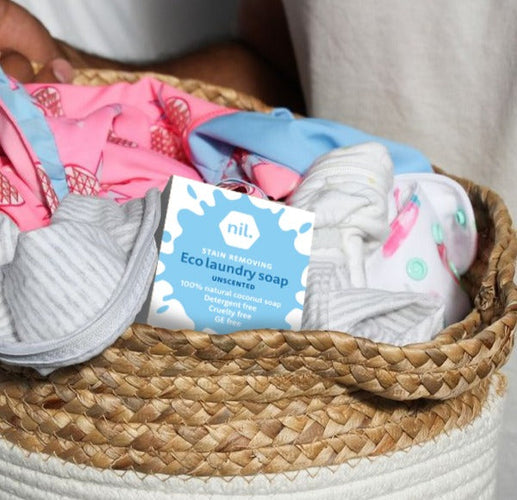We’re all exhausted from label reading, trying to find brands that are genuinely good, not just good at marketing. This is the problem of greenwashing: when a company spends more time and money claiming to be sustainable than on actually minimizing its environmental impact. It's PR spin without the substance.
Your Anti-Greenwashing Shield: B Corp
To cut through the noise, look for B Corp Certification. Think of it as an independent, rigorous performance review for a business's entire social and environmental impact.
-
Greenwashing is Vague: A company might highlight one "green" product or use vague, unproven claims like "eco-friendly."
-
B Corp is Accountable: A certified B Corp must legally change its governing documents to be accountable to all stakeholders—not just profit. The entire business is scored on over 200 points, and the non-profit B Lab publicly verifies the results. No smoke, no mirrors.
Choosing a B Corp means you can skip the detective work. The certification proves that a company's values are woven into its very fabric.
Your Savvy Shopper Checklist
To avoid falling for greenwashing:
-
Look for Proof, Not Poetry: Vague terms like "eco-conscious" are red flags. Look for specific, measurable goals.
-
Check for a Trusted Third-Party Label: Certifications like B Corp, Fair Trade, or LEED are shortcuts to trust because they require independent verification.
-
Look Beyond One Product: Does the company’s entire operation reflect its values? Check its employee treatment and waste policies.
In the end, it’s about putting our money where our values are. Choose B Corps and support businesses genuinely committed to being a force for good.






